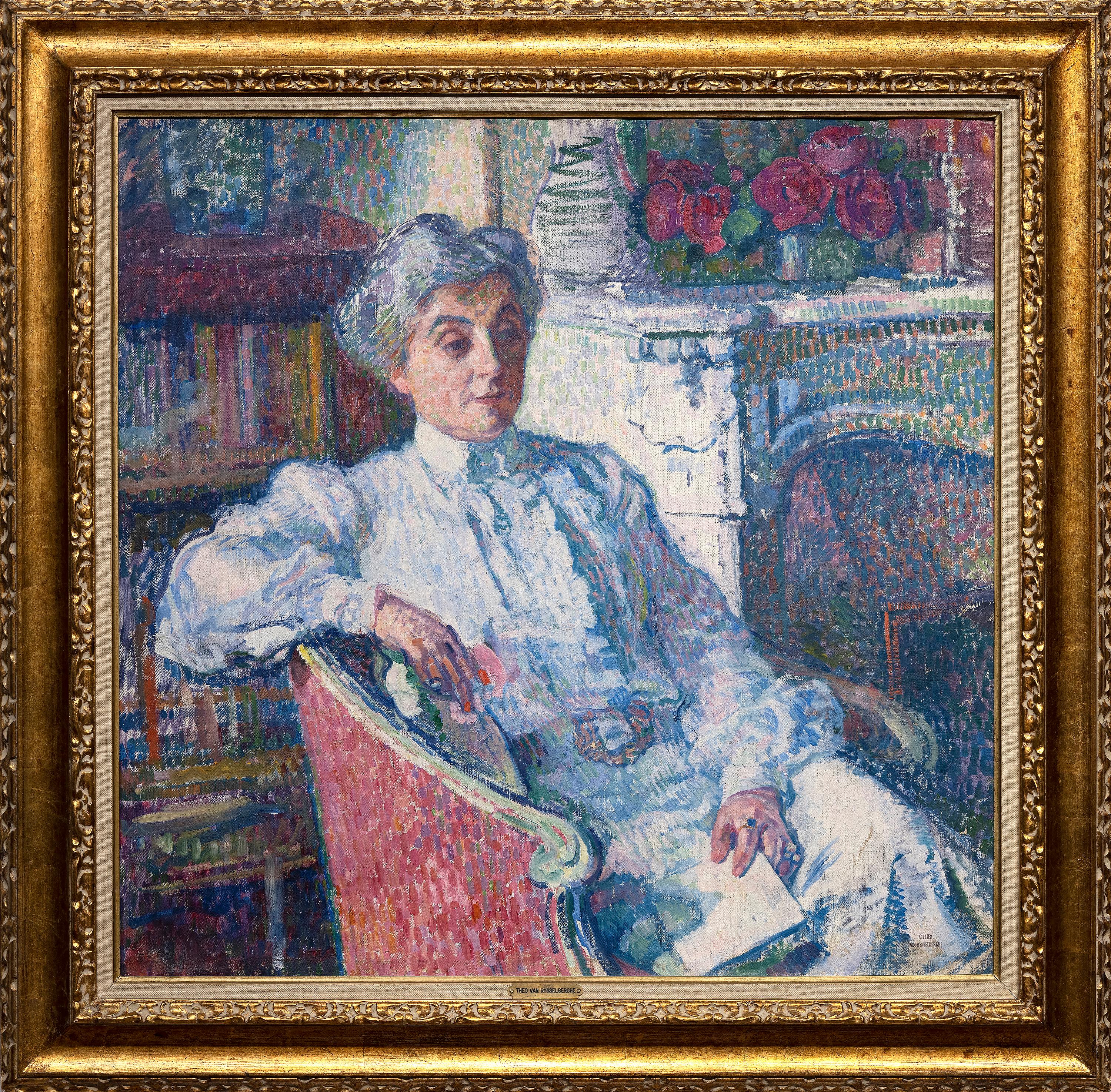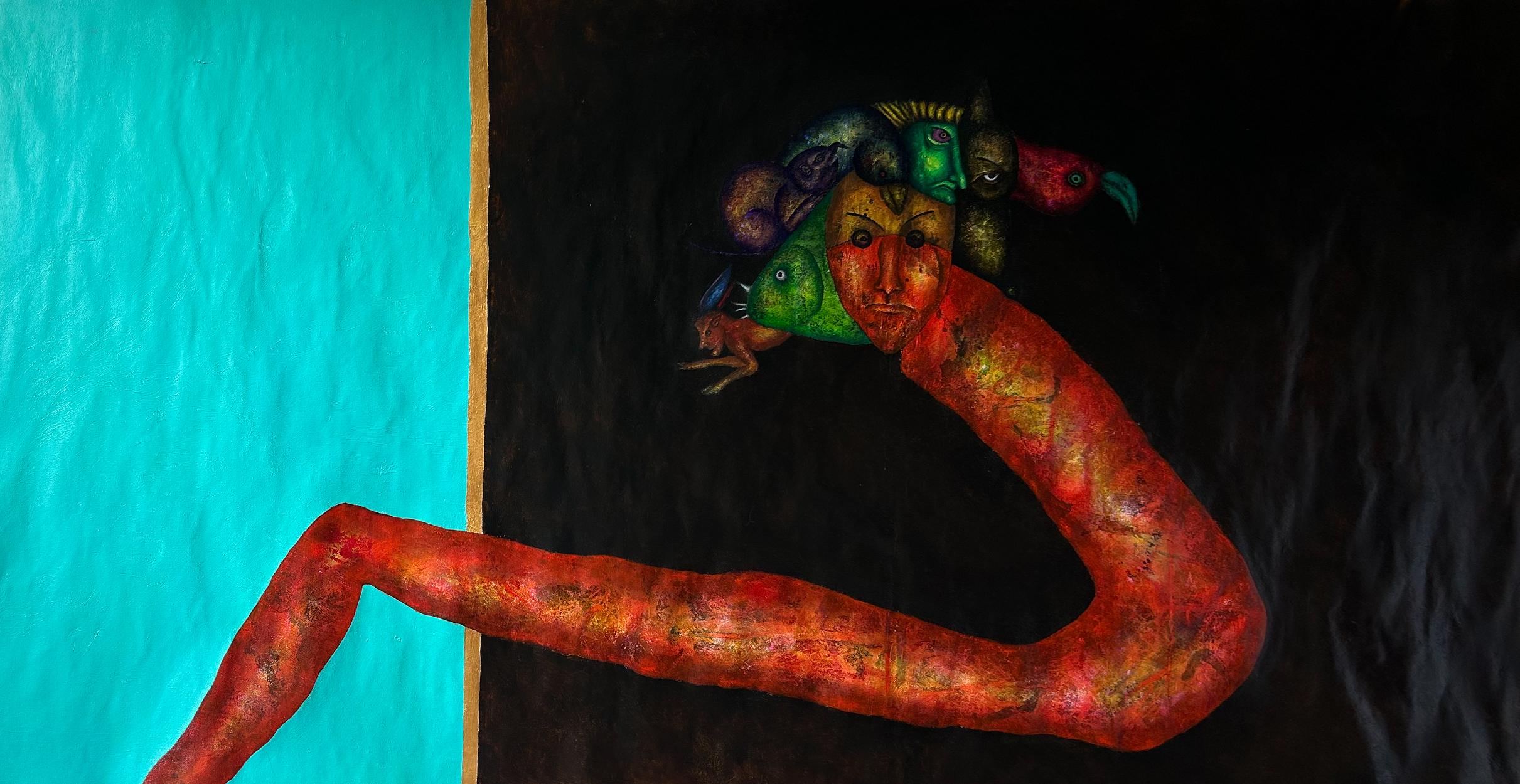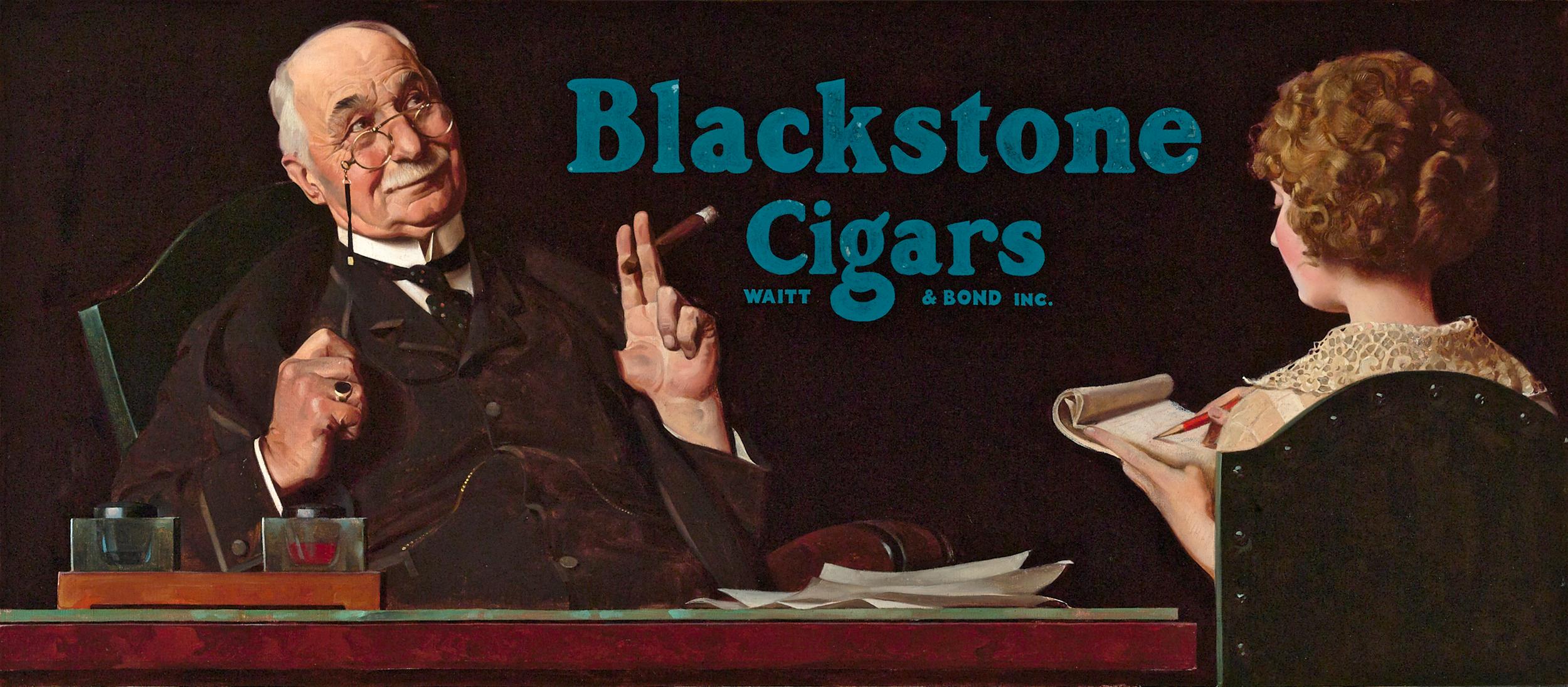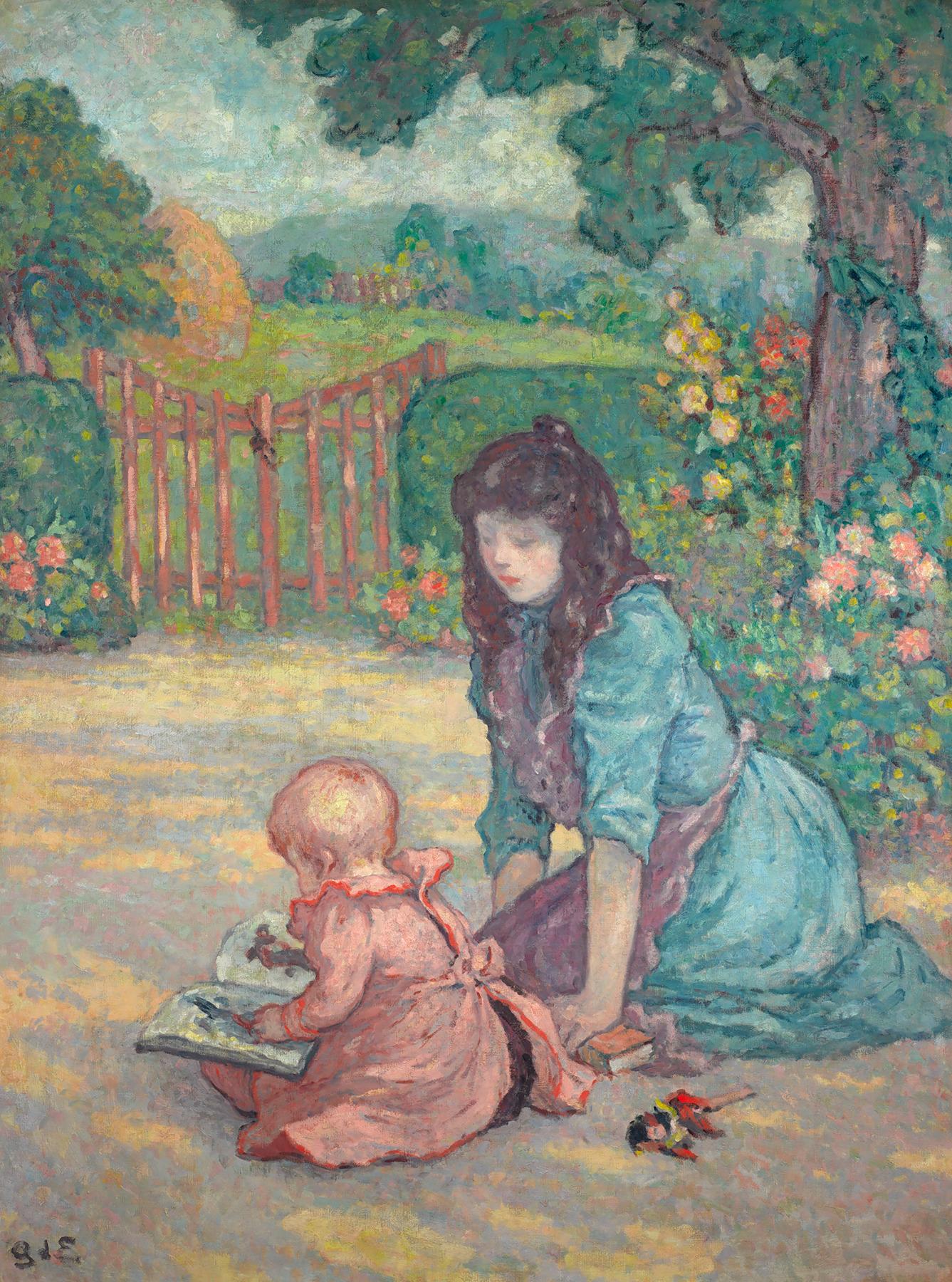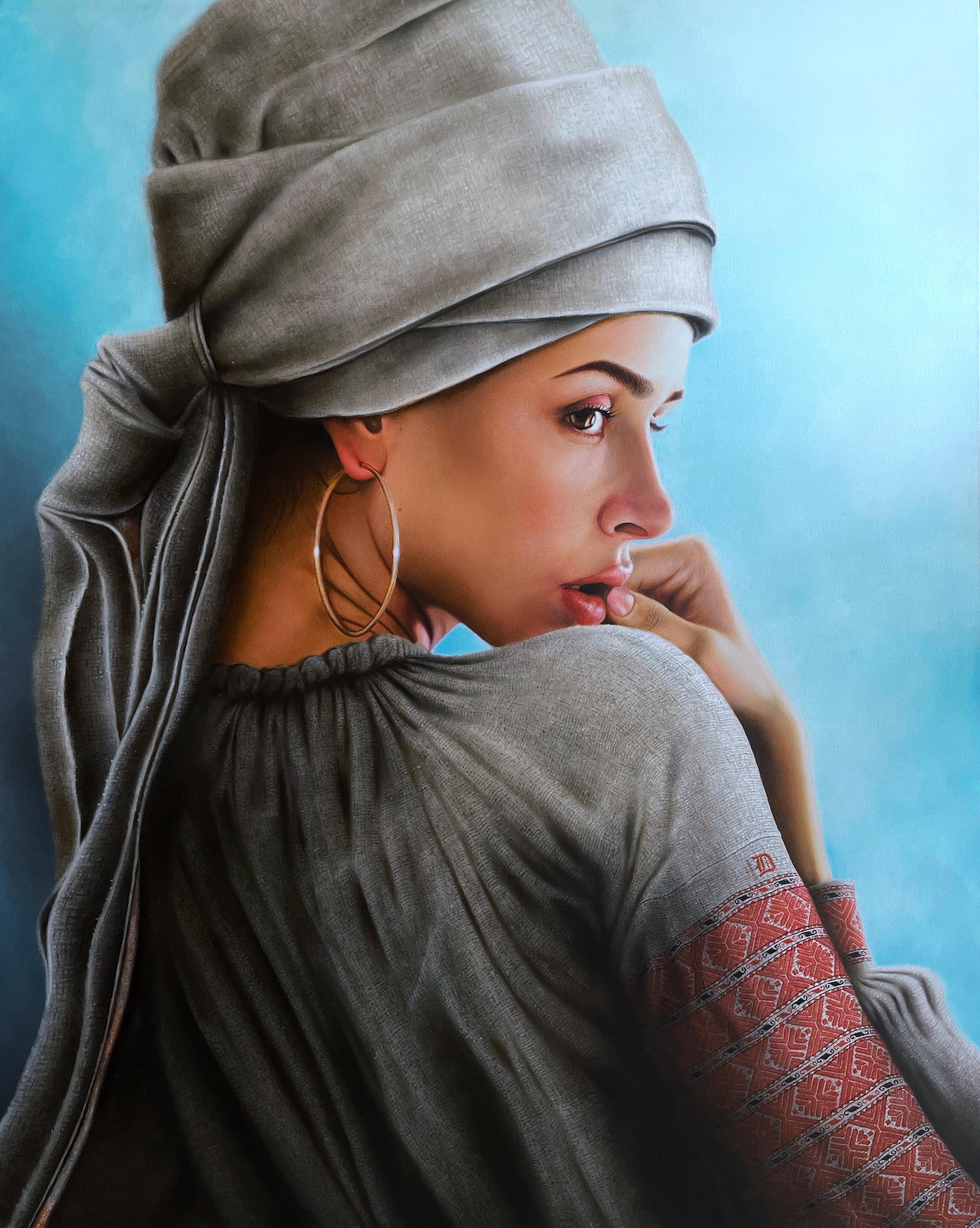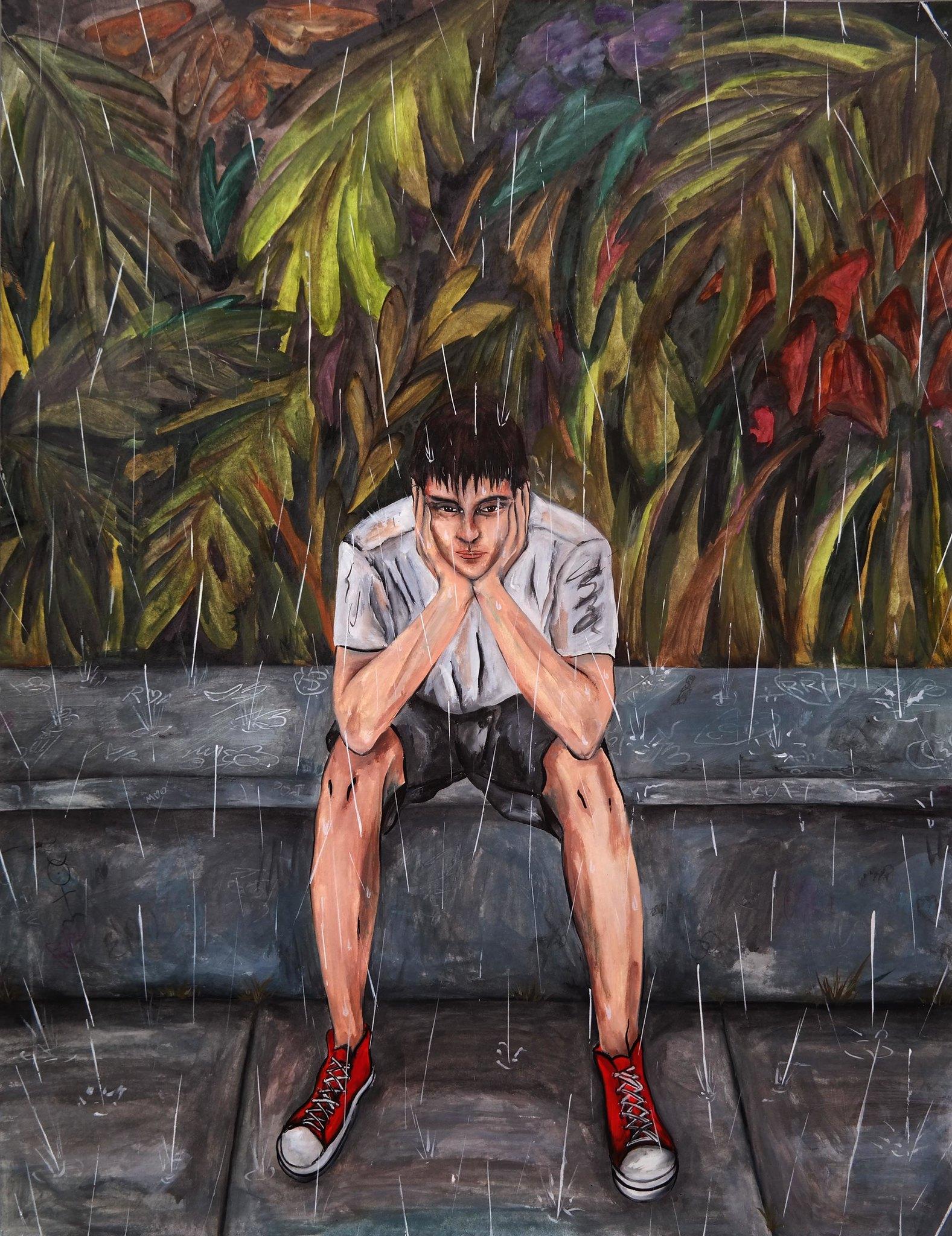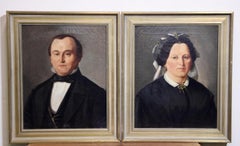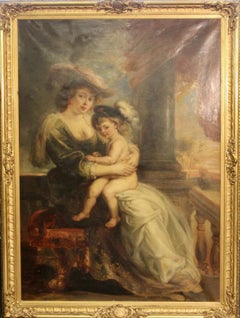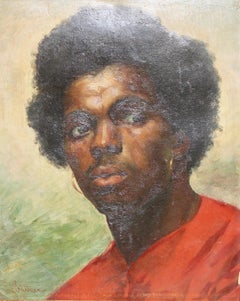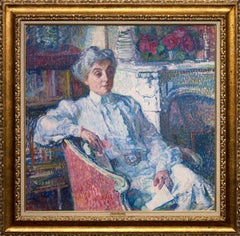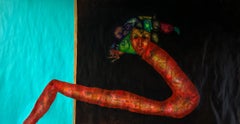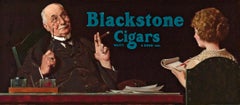Items Similar to Antique Oil Painting. Portrait of an Italian Boy with a Pipe, by Anton Kaulbach.
Want more images or videos?
Request additional images or videos from the seller
1 of 9
Wilhelm Anton KaulbachAntique Oil Painting. Portrait of an Italian Boy with a Pipe, by Anton Kaulbach.
About the Item
Antique oil painting. Portrait of an Italian boy with a pipe.
Painting restored.
Frame with minor damage in places.
Dimensions without frame: 40.5 cm x 50.5 cm.
- Creator:Wilhelm Anton Kaulbach (1864 - 1934)
- Dimensions:Height: 25.4 in (64.5 cm)Width: 21.46 in (54.5 cm)
- Medium:
- Period:
- Condition:Restored.
- Gallery Location:Berlin, DE
- Reference Number:1stDibs: LU98616727982
About the Seller
4.9
Vetted Seller
These experienced sellers undergo a comprehensive evaluation by our team of in-house experts.
1stDibs seller since 2018
48 sales on 1stDibs
Typical response time: <1 hour
- ShippingRetrieving quote...Ships From: Berlin, Germany
- Return PolicyA return for this item may be initiated within 7 days of delivery.
Authenticity Guarantee
In the unlikely event there’s an issue with an item’s authenticity, contact us within 1 year for a full refund. DetailsMoney-Back Guarantee
If your item is not as described, is damaged in transit, or does not arrive, contact us within 7 days for a full refund. Details24-Hour Cancellation
You have a 24-hour grace period in which to reconsider your purchase, with no questions asked.Vetted Professional Sellers
Our world-class sellers must adhere to strict standards for service and quality, maintaining the integrity of our listings.Price-Match Guarantee
If you find that a seller listed the same item for a lower price elsewhere, we’ll match it.Trusted Global Delivery
Our best-in-class carrier network provides specialized shipping options worldwide, including custom delivery.More From This Seller
View AllPair of decorative antique oil paintings, Portraits. 19th century.
Located in Berlin, DE
Pair of decorative antique oil paintings, portraits. 19th century. Signed and dated.
Dimensions with frame in cm EACH PAINTING 53 x 63
Category
19th Century Portrait Paintings
Materials
Oil, Canvas
$3,096 Sale Price
20% Off
Free Shipping
Antique oil Painting by "Jordan". Oil on Canvas. Portrait of an old Gentleman.
Located in Berlin, DE
Antique oil painting by "Jordan". Oil on canvas. Portrait of an old gentleman.
Dimensions with frame 55 cm x 61 cm.
Dimensions without frame 34 cm x 4...
Category
19th Century Figurative Paintings
Materials
Canvas, Oil
Price Upon Request
Free Shipping
Peter Paul Rubens (After) - Helena, Helene, Fourment with her Son Francis, Frans
By (After) Peter Paul Rubens
Located in Berlin, DE
Peter Paul Rubens (After) - Helena (Helene) Fourment with her Son Francis (Frans)
Very decorative Painting.
Oil on canvas. Unsigned.
Dimensions include the frame.
The painting and...
Category
19th Century Figurative Paintings
Materials
Canvas, Oil
$12,404 Sale Price
20% Off
Free Shipping
Painting, 19th Century, Portrait of an African Boy, signed, oil on canvas.
Located in Berlin, DE
Painting, 19th Century, Portrait of an African Boy, signed, oil on canvas.
Dimensions with frame 65cm x 73cm
Category
19th Century Portrait Paintings
Materials
Canvas, Oil
$2,658 Sale Price
20% Off
Free Shipping
19th century Painting by Albert Ritzberger, Portrait of a Woman in a robe, garb.
Located in Berlin, DE
19th century painting by Albert Ritzberger, portrait of a woman in a robe.
Signed and dated lower left.
Painting has been restored in one place.
Dimensions including frame.
This is a direct copy after a painting by Angelika Kauffmann...
Category
19th Century Figurative Paintings
Materials
Canvas, Oil
$10,632 Sale Price
20% Off
Free Shipping
Reiner Pynenborg, Pynenburg, Portrait of a young Dutch Lady. Oil on canvas.
Located in Berlin, DE
Portrait of a young Dutch lady. Oil on canvas.
Signed top right. Dimensions are without frame.
frame damaged.
Including certificate of authenticity.
Category
19th Century Figurative Paintings
Materials
Oil, Canvas
You May Also Like
Maria Van Rysselberghe au coin du feu
By Theo van Rysselberghe
Located in Palm Desert, CA
"Maria Van Rysselberghe au coin du feu" is a portrait painting by Post-Impressionist Théo van Rysselberghe. The portrait is signed lower right, "Atelier Van Rysselberghe". The framed...
Category
1910s Post-Impressionist Portrait Paintings
Materials
Canvas, Oil
Contemporary oil surrealist painting: Man Looking Southeast
Located in Bogotá, Bogotá
"Man Looking Southeast" is a surreal painting that captures the viewer's imagination with its images and contrast of colors. This piece features a large red serpentine shape that wea...
Category
2010s Contemporary Figurative Paintings
Materials
Oil, Acrylic, Canvas
Blackstone Cigars
By Norman Rockwell
Located in New Orleans, LA
A charming relic of a bygone era, this rare oil is the work of the inimitable American illustrator, Norman Rockwell. The iconic artist’s ability to render the details and nuances of ...
Category
Early 20th Century Other Art Style Figurative Paintings
Materials
Oil, Canvas
La lecture au jardin (Lesson in the Garden)
By Georges d'Espagnat
Located in New Orleans, LA
French Post-Impressionist painter Georges d’Espagnat captures a charming moment between a mother and her child in this vibrant oil on canvas. Rendered with a studied use of complementary colors and bold brushstrokes, the painting showcases the artist's unique Post-Impressionist style. Remembered as one of the most individualistic artists of the 20th century, his distinctive canvases bring together the loose brushwork of the Impressionists and the bold color palette favored by the Fauves. Together, they achieve a vibrant spontaneity that lends itself well to the carefree subjects of the present work.
Masterfully composed, La lecture au jardin moves beyond the Impressionist instinct to capture a fleeting moment on canvas. Rather, d'Espagnat succeeds in creating a deep feeling of harmony in the work. Warm colors are perfectly balanced with cool tones, while vertical and horizontal lines are softened by the curves of the foliage and his subjects' figures. Through his simplification of forms and intentional use of color and line, he creates a scene that is carefully designed and thoroughly modern. A similar view of a mother and her child by d'Espagnat is currently in the collection of the Metropolitan Museum of Art (New York).
The Post-Impressionist painter was an individualist since his youth, choosing to forgo traditional schooling in order to independently study the Old Masters in the Louvre. He soon became involved with the most prominent Impressionist and Post-Impressionist painters of the age, including Pierre-Auguste Renoir and Paul Signac, who themselves existed outside the traditional norms of French Academic training. In 1891, he exhibited at the Salon des Refusés, and again the following year at the Salon des Indépendants.
By 1895, he held his first one-man show in Paris, and just three years later his success earned him a solo show at the prestigious Durand-Ruel Gallery. Between 1905 and 1910 he made several trips to visit Renoir on the Côte d’Azur. Their close friendship resulted in a group exhibition at Marcel Bernheim...
Category
Late 19th Century Post-Impressionist Portrait Paintings
Materials
Canvas, Oil
"Liusana" Oil Painting 59" x 47" inch by Dmitriy Krestniy
By Dmitriy Krestniy
Located in Culver City, CA
"Liusana" Oil Painting 59" x 47" inch by Dmitriy Krestniy
ATTENTION: Painting ships rolled in a tube.
A look through Dmitriy’s designs reveals a gl...
Category
21st Century and Contemporary Realist Portrait Paintings
Materials
Canvas, Oil
The Rain, Figurative Painting
Located in Miami Beach, FL
The Rain, 2021 by Ramonn Vieitez
Acrylic, gouache and watercolor on bamboo paper Hahnemuhle
Size: 25.5 H x 19.6 W in.
Unique
Signed on the back by the artist
___
Ramonn Vieitez is ...
Category
2010s Contemporary Figurative Paintings
Materials
Canvas, Oil, Acrylic
Recently Viewed
View AllMore Ways To Browse
Antique Painting Boy
Antique Oil Painting Italy 19th Century
19th Century Oil Painting Boy
19th Century Portrait Boy
19th Century Portrait Of A Boy
Anton Antiques
Anne Dean
Artist Smock
Gina Palmerin
Gregor Greg
Lady Caroline
Lord Chancellor
Miniature Portrait Of A Boy
Mistress Painting 18th Century
Odile Vintage
Painting 17thc
Portrait Of Lord Nelson
18th C French Lady Paintings
